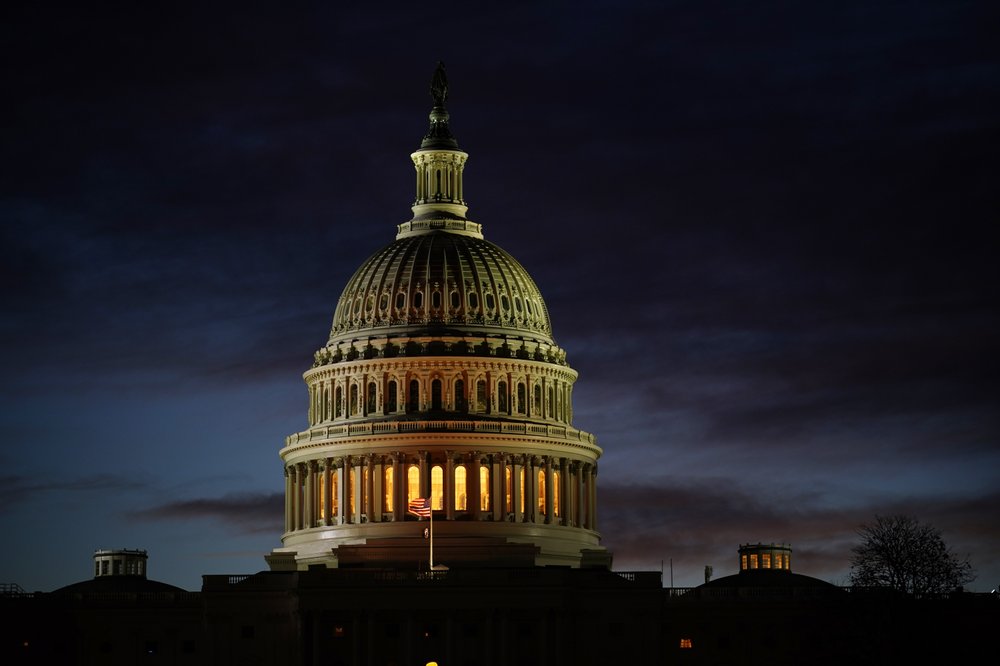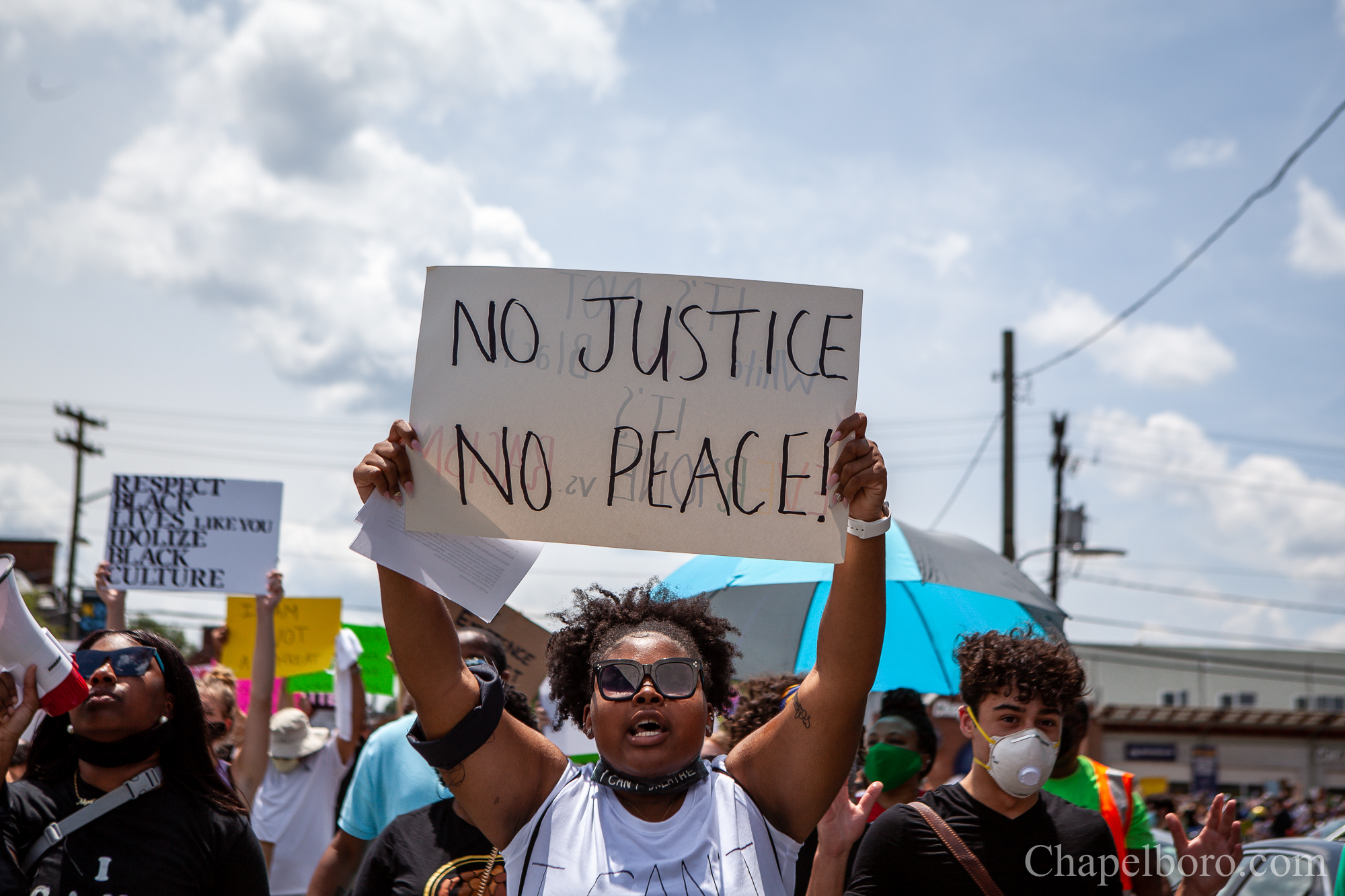The Past is Never Past: COVID-19, States’ Rights, and Black Trauma
“… I believe that the maintenance of the rights and authority reserved to the states and to the people … are the safeguard to the continuance of a free government … whereas the consolidation of the states into one vast republic, sure to be aggressive abroad and despotic at home, will be the certain precursor of that ruin which has overwhelmed all those that have preceded it.” ― General Robert E. Lee, Confederate Army
COVID-19 is real. The novel coronavirus has impacted the entire world as it does not discriminate based on race, gender, geographic location, or religion. With now ~ 2 million confirmed global cases, COVID-19 has generated intense attention from all aspects of societal structures including economics, health, politics, security, and technology. Healthcare professionals are searching for a pandemic cure and a way to slow down the transmission in ways that require urgent collaboration and trust. Disturbingly, there is one country, the United States of America, that has chosen to address the distribution of resources in the nation primarily through the rights and powers reserved by the state governments rather than the national government. President Donald Trump’s decision to lean back and allow state governors to manage this complex process has only reminded many African-Americans of the historical racist experience endured by our ancestors. Again, Blacks are re-traumatized over the willingness and power of the government to provide protection from harm.
The Constitution permits states to govern themselves as a protection against federal intervention. In fact to ensure the power-sharing system of federalism, the 10th Amendment of the Bill of Rights was ratified in 1791 to fully outline the reserved powers not delegated to the United States by the Constitution, nor prohibited by it to the States. The debate over these rights was intense and long standing for the framers and even today. To prevent the states from dominating the federal government, the Supremacy Clause (Article VI, Clause 2 of the Constitution) was enacted to ensure that state laws must comply with the Constitution and if there were a conflict, the federal law would rule.
With the finality of the Supremacy Clause and Congress’ compromise over tariff battles, the southern states as members of the union still felt that they were being dominated by northern states’ sentiments. This tension intensified over the decades and when the federal government ruled slavery illegal in the 13th Amendment, the southern states now had to make a decision to support the legislation that would be a threat to their agricultural economy, which was based on free labor of Blacks. (There is no doubt that the North benefited from and financed this slave labor system.) The idea of the northern states or federal law having control over their “way of life” was too limiting and eleven states seceded from the union. States’ rights, which empowered White men to enslave and trade Black people to ensure their wealth and resources, for the southern states was worth a violation of the law of the national government.
The phrase states’ rights have always generated a sense of terror for African-Americans. Federal laws have been the policies of hope and tools of aggression against slavery, criminal injustice, medical quackery, labor discrimination, and economic thievery for kidnapped and enslaved Africans and Blacks today. And it is not surprising that many of the most terrifying state and local laws for Blacks have occurred in the southern states. State regulation has often become the power to enact laws that maim and murder Blacks as a backlash to federal policies and Black leadership. For example, after President Lincoln was assassinated in 1865, Vice-President Andrew Johnson became president and appointed former Confederate military leaders as governors in the South. Black Codes were soon enacted to restrict the movement of the former slaves and to ensure that their labor force was not able to enjoy freedom. Black men, women, and children were arrested for contrived and frivolous laws such as walking too closely to a railroad track, for not being quiet and orderly, or even “reckless eyeballing” of a white woman. Many Blacks died or were incarcerated (only to be released back to their former slave masters and plantation owners) to suffer and remain under the power of local authorities. That is, there was no universal protection by the union army or federal government to challenge these racist attitudes and behaviors.
Some common elements of Black Codes were: Employment was required of all freedman. They could not assemble without the presence of a white person and were not to be taught to read or write. Violators could be whipped, branded or jailed.
This manipulation of power through states’ rights birthed the inequities that we observe and experience today as Black Codes became state-level “Jim Crow” laws. The Civil Rights movements of the 1950s and 1960s, the Civil Rights Act of 1964, the Voting Rights Act of 1965, and the Civil Rights Act of 1968 (Fair Housing Act), were not enough to stop the ongoing resistance to equity and justice. Over the years several southern states even legislated “Interposition Resolutions” charging that federal anti-discrimination laws could be nullified by states’ rights. A notable effect of states’ rights governance, in particular in southern states, can be traced to the current status of Blacks in terms of unequal education, disproportionate poverty rates, segregated housing, expansion of Medicaid under the Affordable Care Act, and a lack of access to medical facilities and doctors trained to work with at-risk communities. These inequities over centuries have contributed to Black America’s despair and medical diseases such as heart disease, hypertension, asthma, and diabetes.
This stress, mental and physical, inflicted on Blacks lives today through generational trauma (aka epigenetics), whereby it is not only genes that determine who we are but also the environment experienced by our forefathers. As governors continue to wrangle and spar with one another over the allocation and earmarking of tax dollars, healthcare equipment and staffing, facility usage, and the regulation of education and business industries to best care for their constituents, African-Americans are reminded of our country’s history of permitting states to control their own affairs. Governors and state leaders who truly command and manage for all residents are frustrated by the lack of a unified national strategy. Is this an appropriate time to allow such competition among states when so many Black and Brown Americans are being diagnosed with or dying of COVID-19? Will the federal government eventually shift its philosophy and begin to address this global health threat as an act of war against all Americans?
Not surprisingly, not all states are collecting data by race and ethnicity. The federal government’s foremost authority on public health, the Centers for Disease Control and Prevention does not do so. And yet, the locations with the greatest number of COVID-19 cases and fatalities are in urban centers where the population density is high, and there is a large number of residents who are Black, Latinx, and Asian. According to AP News, where demographic data was released ~ 3,300 victims of the 13,000 deaths (or ~ 42%) were Black. African-Americans are ~21% of the total population in these geographic areas. The numbers are similarly disturbing for other communities of color. This health racial disparity gap, the percentage of those inflicted versus the percentage of the population, is alarming!
Dr. Anthony Fauci states, “…health disparities have always existed for the African American community. But here again, with the crisis, how it’s shining a bright light on how unacceptable that is.”
The federal response to this clear indictment on structural racism in our healthcare system falls short. Despite timely alerts of the possible impact of the coronavirus on Americans, the current federal administration continues to govern as though responsibility belongs to the states. For example, there was an attempt to reduce funding to the Department of Health and Human Services’ Office of Minority Health Disparities, which would place even more onus on state and local services. “Your silence is deafening” is an appropriate characterization of the White House’s effort to address and demand further examination of the social determinants of health outcomes. Race matters. The underlying issues remain for Black and Brown people in terms of unequal treatment in all aspects of our society. COVID-19 simply illuminates the disparities in a very horrifying way.
It is critical that our government acknowledge that the past still lives on in the institutions that were birthed more than 130 years ago. Gen. Robert Lee stated that the idea of having one national government would be tyrannical and oppressive for its citizens. His words unquestionably ring true for certain Americans. The laws and mores required to flatten the curve of this pandemic do not address the structural racism faced by people of color. Black America’s exposure to the barriers of justice and the silence of those with power serve as trauma-inducing conditions that pull us further into a spirit of hopelessness. Perhaps the very vaccination that is needed to cure this coronavirus is not just an inoculation of the pathogen to trigger an immune system response but also one for structural racism that kills more people through trauma than COVID-19 has and ever will in the United States of America.
 “Never Too Far” contains perspectives and insights from an inquisitive and engaged Orange County transplant from Philly. Deborah Stroman is an entrepreneur and UNC leadership professor who has seen too much and not enough, and thus continues to question and explore the thoughts and actions of humankind.
“Never Too Far” contains perspectives and insights from an inquisitive and engaged Orange County transplant from Philly. Deborah Stroman is an entrepreneur and UNC leadership professor who has seen too much and not enough, and thus continues to question and explore the thoughts and actions of humankind.










